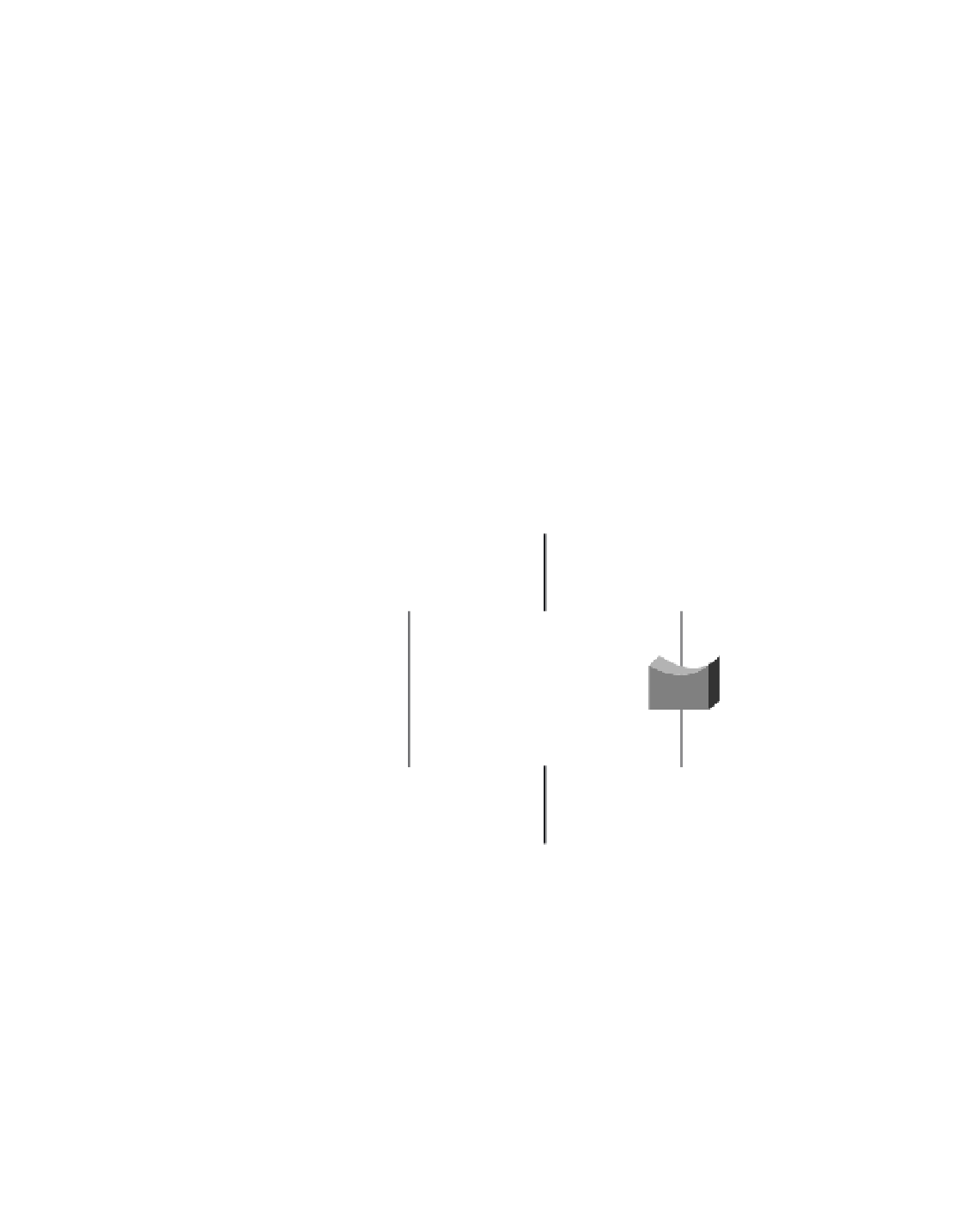Information Technology Reference
In-Depth Information
The bridge uses its table as the basis for traffic forwarding. When a frame is received on one of the bridge
interfaces, the bridge looks up the frame's destination address in its internal table. If the table contains
an association between the destination address and any of the bridge's ports aside from the one on which
the frame was received, the frame is forwarded out the indicated port. If no association is found, the
frame is flooded to all ports except the inbound port. Broadcasts and multicasts are also flooded in this
way.
Transparent bridges successfully isolate intrasegment traffic, thereby reducing the traffic seen on each
individual segment. This usually improves network response times as seen by the user. The extent to
which traffic is reduced and response times are improved depends on the volume of intersegment traffic
relative to the total traffic, as well as the volume of broadcast and multicast traffic.
Bridging Loops
Without a bridge-to-bridge protocol, the transparent bridge algorithm fails when there are multiple paths
of bridges and local-area networks (LANs) between any two LANs in the internetwork. Figure 20-1
illustrates such a bridging loop.
Figure20-1 Inaccurate Forwarding and Learning in Transparent Bridging Environments
Host A
Network 2
Bridge A
Bridge B
Network 1
Host B
Suppose that Host A sends a frame to Host B. Both bridges receive the frame and correctly conclude that
Host A is on Network 2. Unfortunately, after Host B receives two copies of Host A's frame, both bridges
again receive the frame on their Network 1 interfaces because all hosts receive all messages on broadcast
LANs. In some cases, the bridges then change their internal tables to indicate that Host A is on Network
1. If this is the case, when Host B replies to Host A's frame, both bridges receive and subsequently drop
the replies because their tables indicate that the destination (Host A) is on the same network segment as
the frame's source.
In addition to basic connectivity problems such as the one just described, the proliferation of broadcast
messages in networks with loops represents a potentially serious network problem. Referring again to
Figure 20-1, assume that Host A's initial frame is a broadcast. Both bridges will forward the frames
endlessly, using all available network bandwidth, and blocking the transmission of other packets on both
segments.












